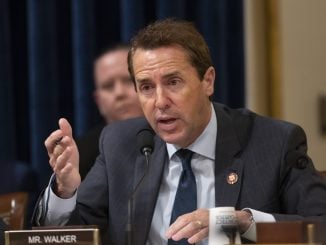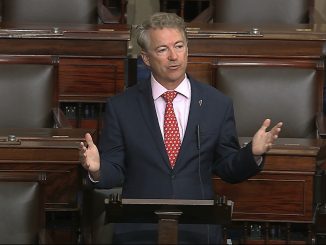
WASHINGTON, D.C. — A bipartisan group of U.S. senators introduced legislation to overhaul oversight and bring greater transparency to the crisis-plagued federal Bureau of Prisons following reports of systemic corruption in the federal prison system and increased congressional scrutiny.
The bill, called the Federal Prison Oversight Act, would require the Justice Department to create a prisons ombudsman to field complaints about prison conditions, and would compel the department’s inspector general to evaluate risks and abuses at all 122 federal prison facilities.
The bill is sponsored by Sens. Jon Ossoff, D-Ga., Mike Braun, R-Ind., and Dick Durbin, D-Ill. They are three founding members of the Senate Bipartisan Prison Policy Working Group. The panel launched in February amid turmoil at the Bureau of Prisons.
“It’s no secret that BOP has been plagued by misconduct,” Durbin said. “One investigation after another has revealed a culture of abuse, mismanagement, corruption, torture, and death that reaches to the highest levels. And yet it still operates without any meaningful independent oversight. The result has been catastrophic for both incarcerated people and staff.”
Under the Federal Prison Oversight Act, the Justice Department’s inspector general would be required to conduct risk-based inspections of all federal prison facilities, provide recommendations to address deficiencies and assign each facility a risk score. Higher-risk facilities would then receive more frequent inspections.


